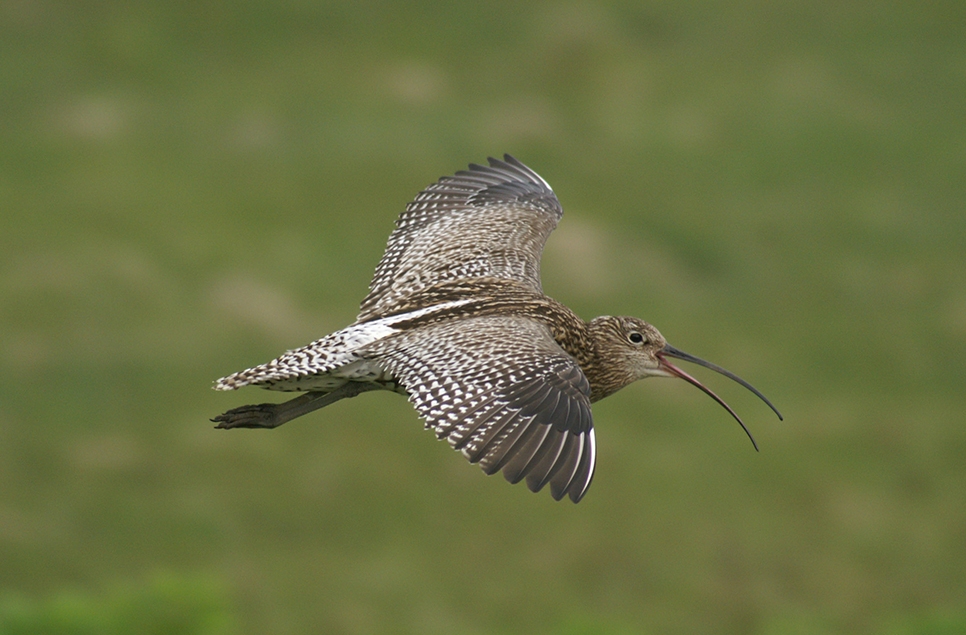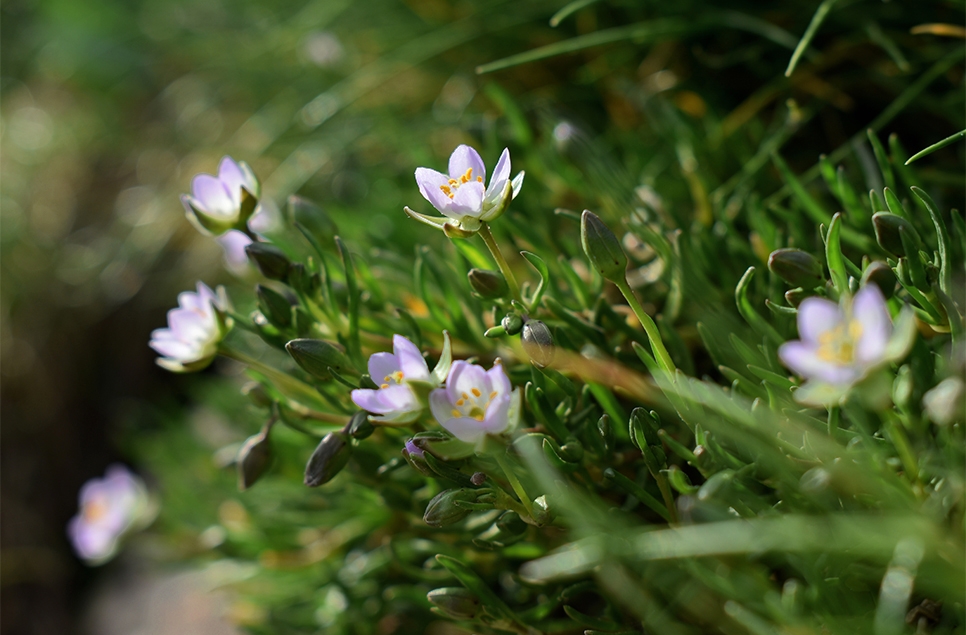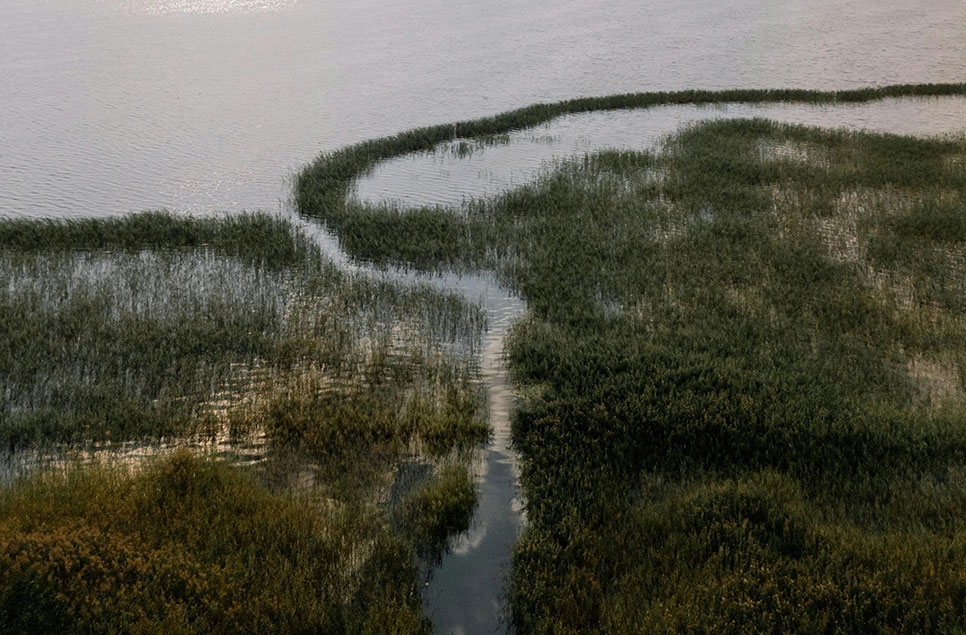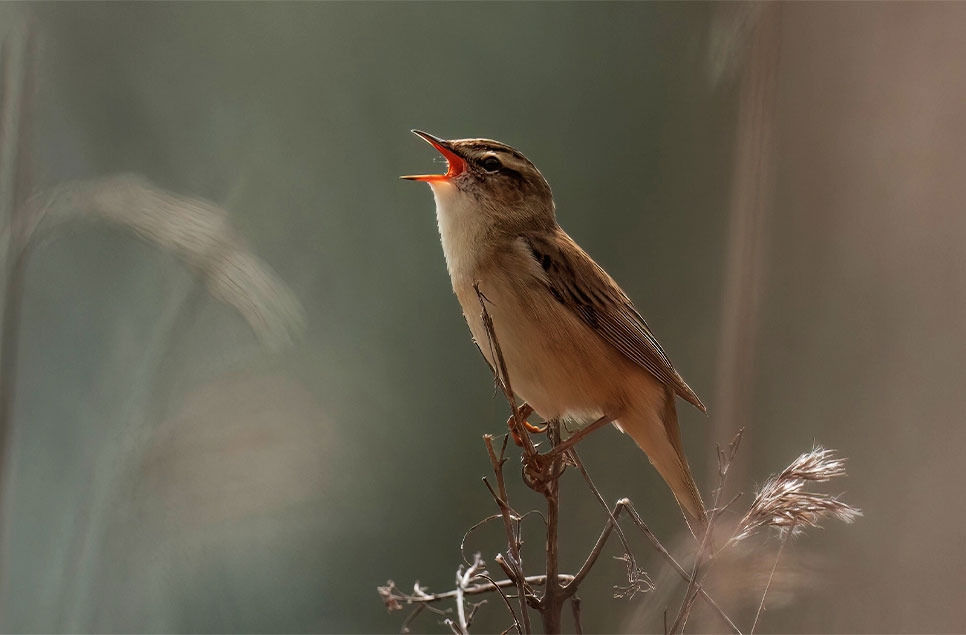Lake Sofia: The Communities

Madagascar is one of the poorest countries in the world. The communities that live around Lake Sofia are no different.
When our conservationists discovered Lake Sofia in 2011, it was far from the perfect condition. Tens of thousands of people rely on it for water, irrigation, fish and materials and our conservationists knew they had to balance these needs with their long-term mission to improve the wetland for the Madagascar pochard to survive there.
Lake Sofia is no ordinary lake. According to locals, the lake was called ‘Doany’ which means it was viewed as a spiritual place for locals to communicate with ancestors.
Our founder Sir Peter Scott recognised right at the start that it wasn’t just about one bird, one species or one individual, it was the ecosystem that mattered. Saving a species is essentially futile if no one cares about the habitat. It has to be sustainable and everyone has to be involved.
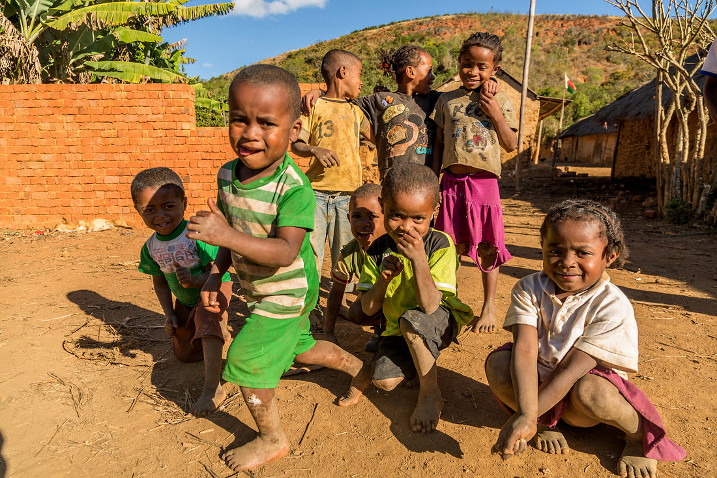
So WWT began developing community-based conservation projects in Madagascar, running schemes that help protect natural resources and wetland nature at Lake Sofia. Long term, WWT plans to extend their work to other sites on the plateau and has published a wetland review scientific paper on the island as well as a wetland management guidance.
Our experts worked with authorities, local communities and a development agency to engage the communities in a more sustainable plan for the area. We have worked alongside them to improve farming and fishing methods on Lake Sofia, while having less impact on the environment. The results so far have been clear:
- We now have 450 farmers involved in sustainable rice schemes.
- Pesticide use in these pilots has reduced by 98%.
- In the first year of the pilots rice yield increased threefold.
- Training on these techniques has also been given more widely and surveys suggest the number of households using pesticides has fallen by nearly a quarter across the whole catchment.
- We’ve introduced new crops to improve nutrition and make incomes and livelihoods safer – 180 farmers have trialled growing Artemisia (a high-value ingredient of anti-malarial drugs), 67 farmers have planted clove seedlings, and small nurseries for jackfruit trees have been established.
- We’ve built a boat landing platform at Lake Sofia to give fishers safe access to the lake where it won’t disturb other areas of natural marsh.
- 100% of fishers are now using legal nets.
- Fishers, market sellers, and consumers all report that fish size has increased.
- Initial fisher surveys suggest a more than 2.5 fold increase in daily income.
WWT will remain invested in Lake Sofia long after the ducks have been released and are committed to full restoration of the wetland in the future.
The lake wasn’t always in such a terrible condition. It was only when more people moved into the area that illegal fishing impacted bird numbers and burning bush became common place.
When Durrell Wildlife Conservation Trust and WWT arrived, the management of the lake was returned to the Local People Association (VOI) which brought back the community-based rule of the lake. The community agrees that since becoming a ‘Doany’ again more birds have returned to the lake.
Tombolahy Gilbert, an Elder
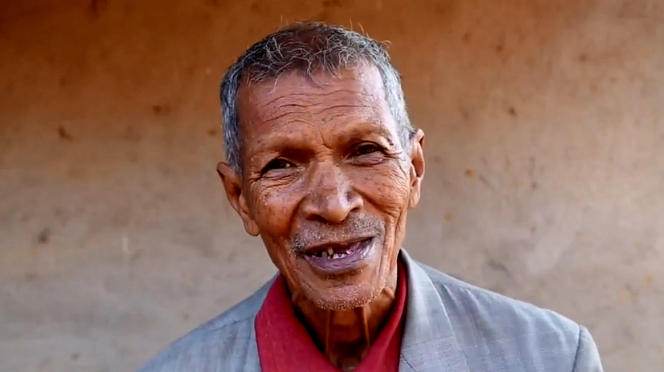
I have lived here at Marotolana since 23 October 1972. At that time, I was a pastor and later on, I became a Mayor. I have been in charge of the Marotolana community for 15 years now. I am the Sojabe of Marotolana, a Sojabe is a kind of elder of the village.
There are 17 fokotany in Marotolana. 40% of the population are Sihanaka and 50% Tsimihety.
A chief has an important role in the society, for example when people have quarrels, the chief gives advice in order to solve the problem, to make people live in harmony and live with mutual support.
That’s what a Sojabe or an elder for. In all aspects, the Sojabe is dealing with all kinds of matters here
The head of the Sofia Lake is here in Marotolana. The Sihanaka people from Ambatondrazaka came here to take care of this lake and they stayed here due to the availability of Cyperus in the marsh around it. Moreover, Sihanaka people like living by water. We care about the Sofia Lake so that it lasts and that it also makes Sofia famous among the seven districts.
The elder’s duty is to protect the lake for the next generation.
Sofia Lake has many taboos. For example, it used to be taboo to sail on it or to bring black tissue or clothes there.
The lake is very sacred.
We cannot shovel in this lake area on Thursdays or go to the toilet near it.
There have always been different sorts of birds here but the locals didn’t hear about Fotsimaso until Durrell and WWT arrived here.
I can’t wait to see the arrival of those ducks. They are not yet here now but once they arrive, it will be wonderful, because their arrival will be beneficial for the community, especially for the members of VOI. We really look forward to seeing these birds.
One they arrive, it will help stop the practice of slash and burn and the birds can hopefully settle in their new home.
Ferdinand Randrianantenaina, Fokotany Chief of Marotolana and president of the Local People Association (VOI) and Bemandroso Marotolana
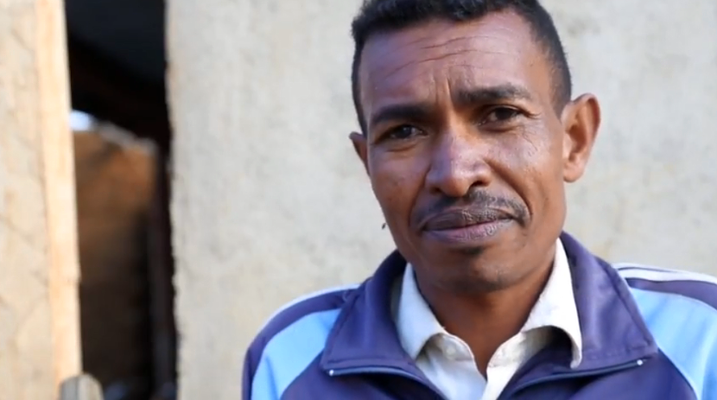
We live here in the central town of Marotolana. There is a population of around 3000 people. It’s quite far from the nearest town Bealanana, about 65km away, and the road to Marotolana is in a bad state.
When people first arrived arrived here, they really cared about Sofia Lake. There were many different kinds of waterbirds but there wasn’t any Fotsimaso.
When Durrell and WWT first arrived here, they began collaborating with the local people. In 2016, there was a role assignation to the VOI association to look after the lake. They divided the lake into two so that there is now a protected part of it where sailors cannot enter. Following that initiative, the birds have gradually increased. Now, we can find many kinds of birds in Sofia Lake.
Since WWT and Durrell became involved, many school kids have been provided with uniforms and had their classrooms fitted out. The pupils are also taught how to care for the environment and management. The local people were also trained in universal plantation techniques: like rice plantation, Avotra plantation and so on. At the moment, chicken breeding training is on offer. There are many benefits to working together with the charities.
People here in Marotolana show willingness to work with Durrell and WWT through their cooperation in taking care of the Sofia Lake and their participation in the local people association (VOI). This association is monitoring the Sofia Lake and protecting its natural resources, such as Cyperus, the zetra, and all the species living in the Lake. Since this association started to manage this area, we do not have to worry much about the destruction of this area.
When management of this area was given to this association, the burning practice stopped and people living around the lake also stopped cutting the Cyperus for extending their rice field. They are now conscious that with good management of this area, the Sofia Lake can remain for years and future generations can enjoy it.
We think that when the Fotsimaso is introduced, many visitors will come to our area and we hope that will bring development. Many tourists will visit our commune, indeed our Fokontany. That would engender income for everyone, for farmers, for sellers, for restaurants. Everyone will benefit from the presence of the Fotsimaso here. That’s why we are very happy with the idea of Fotsimaso introduction in Sofia Lake.
We would also like to have road infrastructure. Marotolana commune produces vanilla, coffee, beans and rice. Due to the poor state of the road, these goods cannot be transported out and as a result, their price is not as it is supposed to be. Both the producers and the consumers are victims.
With good infrastructure, everyone will benefit.
